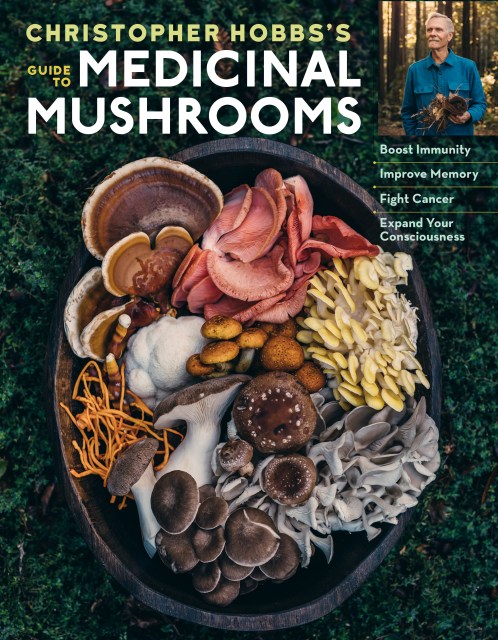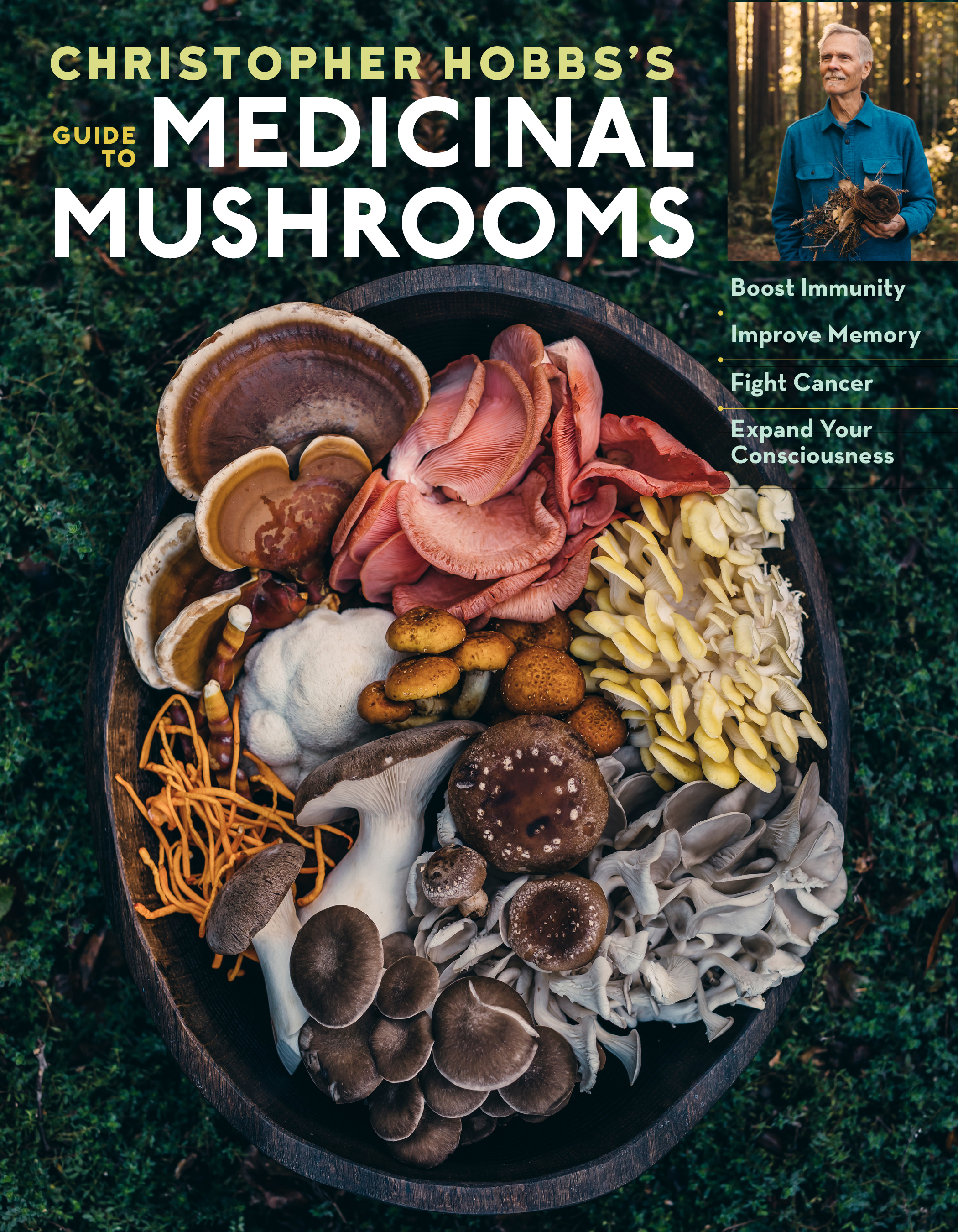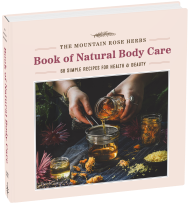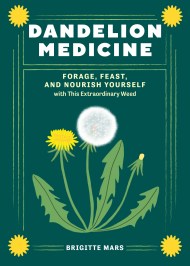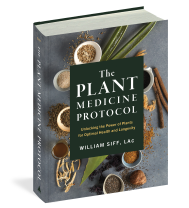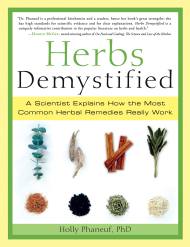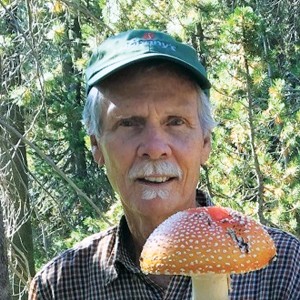Promotion
Use code MOM24 for 20% off site wide + free shipping over $45
Christopher Hobbs's Medicinal Mushrooms: The Essential Guide
Boost Immunity, Improve Memory, Fight Cancer, Stop Infection, and Expand Your Consciousness
Contributors
Formats and Prices
Price
$12.99Price
$16.99 CADFormat
Format:
- ebook $12.99 $16.99 CAD
- Trade Paperback $24.95 $30.95 CAD
This item is a preorder. Your payment method will be charged immediately, and the product is expected to ship on or around March 30, 2021. This date is subject to change due to shipping delays beyond our control.
Also available from:
This publication conforms to the EPUB Accessibility specification at WCAG 2.0 Level AA.
Genre:
-
“Nothing less than a masterpiece. This is the authoritative resource on medicinal mushrooms for anyone seeking to enhance their physical and mental health.” — James Lake, MD, University of Arizona College of Medicine Department of Psychiatry clinical assistant professor and author of The Integrative Mental Health Solution
“Many books claim to be ‘essential,’ but Christopher Hobbs’s Medicinal Mushrooms: The Essential Guide actually is. For those of us fascinated by fungi, this book is a glorious feast of full-color photos, detailed but understandable information on medicinal, edible, and visionary mushrooms, recipes, an introduction to basic mycology, and even cultivation tips. This book is best in class, hands down.” — David Winston, RH (AHG), DSc (hc)
“What a timely, beautifully illustrated publication, brimming over with well-researched and documented sources and reflecting Chris Hobbs’s lifelong fascination with and love for mushrooms. It’s great to have all the information on how to use the medicinal power of mushrooms to treat yourself so appealingly presented. An awesome contribution that empowers those old and new to mushroom magic to unleash its healing potential.” — Daniel Winkler, author, ethnomycologist, and founder of MushRoaming Adventures
“An absolutely incredible book! Brilliantly written, amply illustrated with gorgeous photos, and overflowing with practical information, scientific studies, and earth wisdom. I couldn’t put this book down! The author, a seasoned mycologist, weaves together ancient knowledge with modern scientific research and covers every aspect of mushroom lore, from medicinal and edible uses to home preparations, selecting high quality commercial products, growing your own mushrooms, wild identification, and respectful wild harvesting. A must-have book for anyone interested in mushrooms, yes, but also health, healing, and nature.” — Rosemary Gladstar, best-selling author and herbalist
"Christopher Hobbs is one of the leading herbalists in the world and among his many achievements is his recognition as one of the leading experts on the use of medicinal mushrooms." — Dr. Michael Tierra, OMD, LAc, RH (AHG), author of The Way of Herbs and Planetary Herbology and founder/director of the East West Herb Course
- On Sale
- Mar 30, 2021
- Page Count
- 272 pages
- Publisher
- Storey
- ISBN-13
- 9781635861686
Newsletter Signup
By clicking ‘Sign Up,’ I acknowledge that I have read and agree to Hachette Book Group’s Privacy Policy and Terms of Use
